Aromatic Rearrangement Mechanisms in Organic Chemistry
Aromatic rearrangements are key transformations in organic chemistry involving intramolecular and intermolecular rearrangements of aromatic systems. Examples include Fischer-Hepp rearrangement, Hofmann-Martius rearrangement, N-Azo to C-Azo rearrangement, Bamberger rearrangement, and Orton rearrangement. Understanding these mechanisms provides insights into the reactivity of aromatic compounds.
Download Presentation

Please find below an Image/Link to download the presentation.
The content on the website is provided AS IS for your information and personal use only. It may not be sold, licensed, or shared on other websites without obtaining consent from the author.If you encounter any issues during the download, it is possible that the publisher has removed the file from their server.
You are allowed to download the files provided on this website for personal or commercial use, subject to the condition that they are used lawfully. All files are the property of their respective owners.
The content on the website is provided AS IS for your information and personal use only. It may not be sold, licensed, or shared on other websites without obtaining consent from the author.
E N D
Presentation Transcript
Kuheli Pramanik Assistant Professor Department of Chemistry Kharagpur College
A number of aromatic rearrangement occurs in aromatic system of the type X is most commonly nitrogen, and in some cases oxygen atom. Both intramolecular and intermolecular rearrangements are known Z = -NO2 / -NO (Fischer-Hepp) / -SO3H / -N=N-Br -OH (Bamberger) -R (Hofmann-Martius) -NHBr (Benzidine-Semidine) -Cl and R = COCH3 (Orton)
Fischer-Hepp Rearrangement The rearrangement of a N-nitroso derivative of a secondary aromatic amine, under acid catalyst, to a para-nitroso product as a major one along with ortho isomer is known as Fischer-Hepp Rearrangement. Evidence for intramolecular rearrangement: When the reaction is carried out in 15N labeled sodium nitrite, no 15N was incorporated in the product. This suggests that the rearrangement is intramolecular. Mechanism:
Hofmann-Martius Rearrangement The thermal rearrangement (200-300 oC) of hydrochloride salt of N-alkylaniline to C- alkylaniline is known as Hofmann-Martius rearrangement. Mechanism: The rearrangement is intermolecular, as during the reactions cross products are found Examples:
N-Azo to C-azo Rearrangement When the para- position is blocked, then only ortho product is obtained. Mechanism: The rearrangement is intermolecular, as during the reactions cross products are found.
Bamberger Rearrangement Aryl hydroxylamine, under acidic conditions, rearranges to form amino phenol. This type of rearrangement is known as Bamberger rearrangement. The attack on the ring is not electrophilic, but nucleophilic. Mechanism: The mechanism of the rearrangement proceeds from the monoprotonation of N-phenylhydroxylamine 1. N- protonation 2 is favored, but unproductive. O-protonation 3 can form the nitrenium ion 4, which can react with nucleophiles (H2O) to form the desired 4-aminophenol 5 When the reaction is carried out in presence of alcohol, alkoxy group is found in the product
Orton Rearrangement Acid catalyzed rearrangement of N-chloro acetanilide to p-chloroacetanilide along with minor amount of o-chloroacetanilide is known as Orton Rearrangement. The rearrangement is intermolecular When air is bubbled through the reaction mixture, Cl2 is evolved leaving anilide as the product. Using HCl* (where -Cl* is radioactive) in the reaction, the Cl* is found in the product. When reaction is carried out in presence of anisole, o- and p- chloroanisoles are found as products.
Fries Rearrangement Phenolic esters on heating with anhydrous AlCl3, followed by hydrolysis , gives o- and p- acylphenols. This type of rearrangement is known as Fries rearrangement. At low temp (<100 oC) p-product predominates (KCP) and at high temperature (>100 oC) o-product predominates (TCP). The difficulty in the Fridel-Crafts acylation of phenols thus can be overcome by first acylation of phenol followed by heating with AlCl3 to give o- and p- acyl phenols.
Fries Rearrangement Mechanism TCP KCP
Para-isomer is formed more rapidly than the ortho-isomer due to steric reason. Hence at low temperature para-isomer is the major product and is KCP. At high temperature, the reaction is equilibrium driven. Since the intermediate (before hydrolysis) of the ortho-isomer gets stabilized due to the chelation of two oxygen atom with aluminium of AlCl3. It is thermodynamically more stable than the para-isomer and is the major product at high temperature (TCP). Evidence for inter- and intramolecular mechanisms have been obtained by crossover experiments with mixed reactants. One step process has been demonstrated by rearrangement of two similar phenolic esters A and B in presence of toluene. Acylated toluene (cross-product) was obtained in case of A whereas no such acylated toluene was obtained in case of B, indicating the one step process for the later reaction.
Photo-Fries Rearrangement Fries rearrangement can be done under ultraviolet light irradiation. Photo-Fries rearrangement is an intramolecular process.
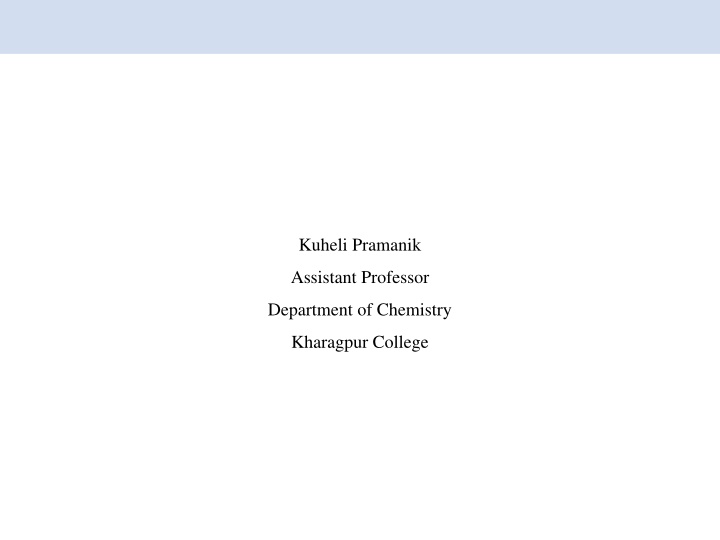

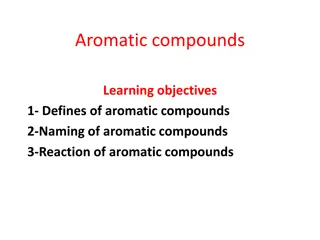


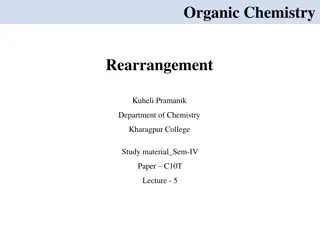
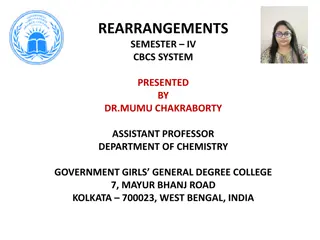
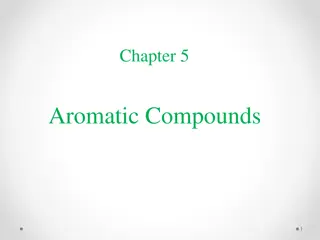
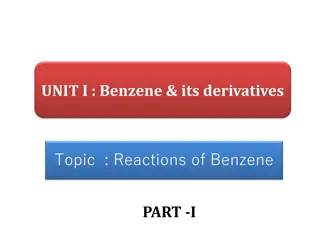
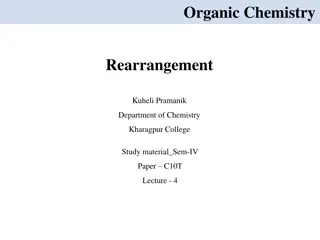
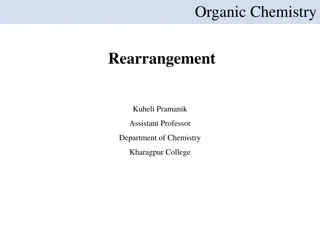
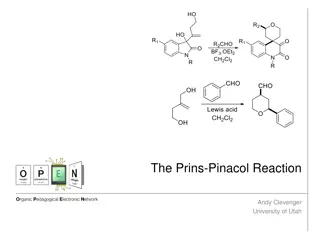
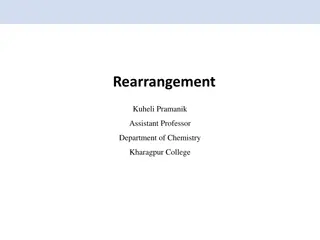
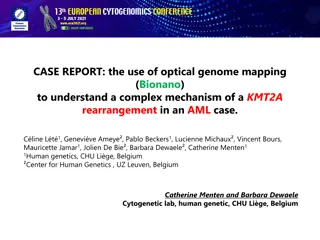
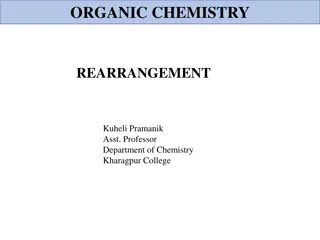
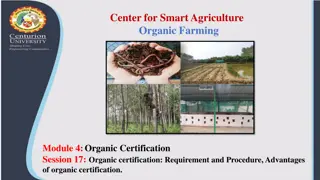





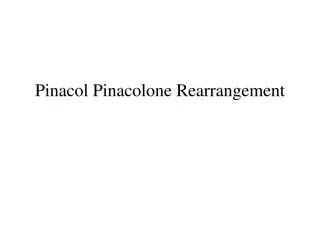

![The Synthesis of Cedranoid Sesquiterpenes via Photo-Rearrangement of Bicyclo[2.2.2] Octenones](/thumb/198279/the-synthesis-of-cedranoid-sesquiterpenes-via-photo-rearrangement-of-bicyclo-2-2-2-octenones.jpg)